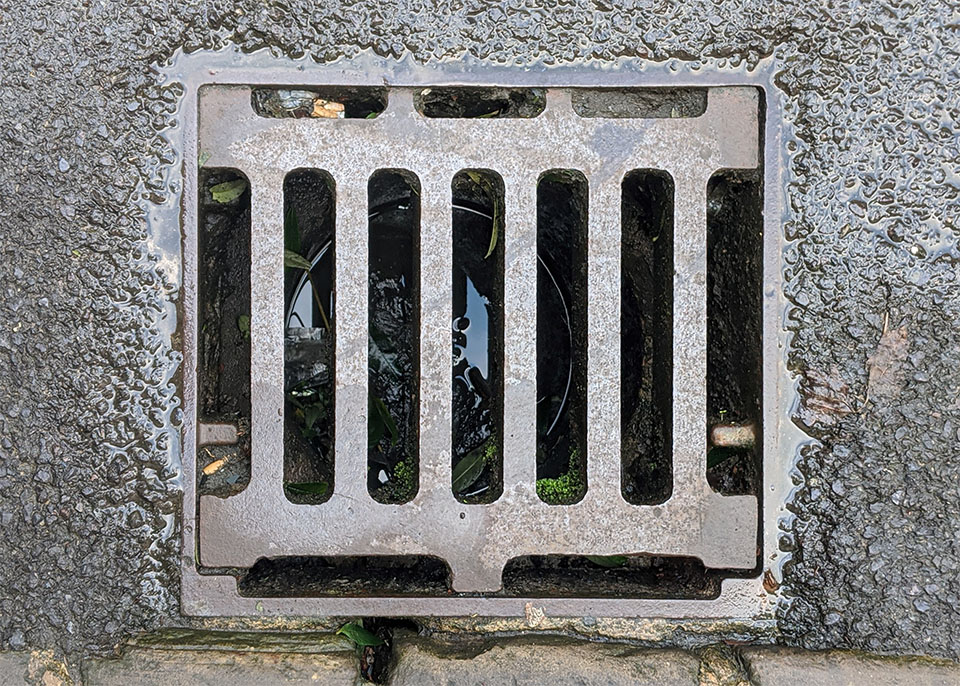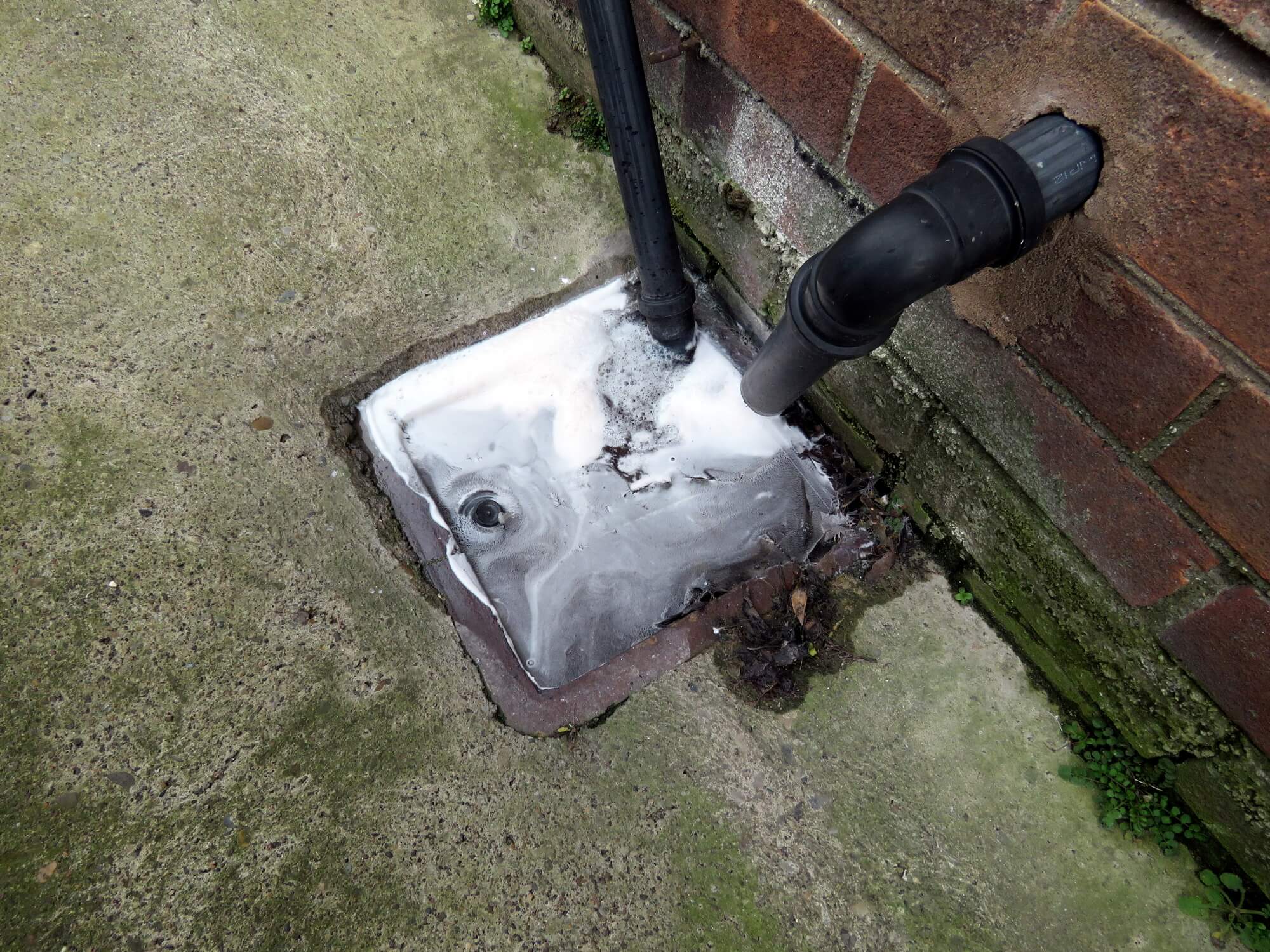How to Manage a Blocked Drain Prior to Calling Professional Assistance
How to Manage a Blocked Drain Prior to Calling Professional Assistance
Blog Article
What're your opinions on 8 Tips For Clearing A Blocked Drain?

Intro
Taking care of an obstructed drain can be a discouraging experience, interfering with everyday activities and potentially creating damage to your home. Nevertheless, prior to reaching out to plumbing specialists, there are actions you can take to attend to the issue on your own. In this overview, we'll check out DIY solutions and safety nets to deal with a blocked drainpipe effectively.
Determining the Issue
The very first step in resolving an obstructed drain is identifying the indications. Slow drainage, gurgling noises, foul odors emanating from drains, or water support up are common indicators of an obstructed drain. Identifying these signs early can assist avoid further issues.
Common Causes of Blocked Drainpipes
Comprehending the variables that add to drain blockages is important for reliable resolution. Usual wrongdoers include hair, soap residue, grease, food particles, and international objects like sanitary products or paper towels. Tree origins getting into underground pipes can also trigger considerable obstructions.
DIY Solutions
For small clogs, several DIY solutions can be effective. Pouring boiling water down the drainpipe can assist dissolve oil and debris. Sodium bicarbonate and vinegar or a blend of salt and baking soda can act as all-natural cleaners. Utilizing a plunger or pipes serpent to displace blockages is another alternative.
Tools and Tools
Having the right devices on hand can make DIY drain cleaning up more effective. A bettor is a functional tool for getting rid of obstructions in sinks, toilets, and showers. A plumbing serpent or auger can reach much deeper obstructions, while drainpipe cleaning chemicals can be made use of meticulously for persistent obstructions.
Safety nets
To prevent future clogs, adopting safety nets is essential. Install drain guards or filters to catch hair and particles before they enter the pipes. Consistently flush drains with warm water to dissolve oil accumulation, and prevent throwing away oil or strong waste away.
When to Call a Professional
While do it yourself remedies can deal with minor obstructions, certain indications show the demand for specialist support. Persistent blockages, foul odors despite cleaning efforts, or numerous drains backing up concurrently are red flags that necessitate experienced intervention.
Selecting the Right Pipes Solution
When picking a plumbing service, take into consideration aspects such as experience, licensing, and customer evaluations. Pick a respectable plumbing with a track record of high quality workmanship and transparent pricing practices.
Price Factors to consider
The expense of professional drain cleaning company can differ depending on the severity of the obstruction and the plumber's prices. Demand quotes from several providers and inquire about any kind of additional charges to make sure transparency and stay clear of shocks.
Safety Measures
When attempting do it yourself drainpipe cleansing, prioritize safety. Wear safety handwear covers and glasses to prevent contact with harmful chemicals or germs. Never ever blend various drain cleansing items, as this can generate hazardous fumes.
Situation Researches
Real-life examples illustrate the effectiveness of do it yourself options and the relevance of timely expert intervention in solving drain blockages.
Verdict
By adhering to the suggestions detailed in this guide, you can efficiently tackle obstructed drains pipes and stop future pipes problems. Whether going with do it yourself options or looking for professional assistance, prompt activity is key to preserving a healthy and balanced plumbing system and protecting the integrity of your home.
WHAT I LEARNED FROM TRYING TO DEAL WITH A CLOGGED DRAIN
We have had our share of seepages and other annoying things that are part of living, especially in an apartment complex. And if there’s one thing that’s terrifying for a homeowner—or even someone in a rented home—it is a clogged drain, indoors or outdoors.
We enjoy our living space, but it’s simply a fact of life that dead skin, soap and a host of other items go down the drain; eventually, the residue builds up and prevents anything from moving. Ugh.
Not Calling A Professional
Of course, it might seem simple to just whip the pipe off under the sink and see if you can unblock it. Unfortunately, what if the blockage isn’t there, or you don’t reconnect it properly? Worse, you might break a piece and have no drainage system. Can you imagine that scene? Yuck!
Not Watching Your Waste
This will sound d’uh, but the best tip I can give you for drain cleaning is to avoid clogging the drain in the first place! You can do this by monitoring what goes down the drain and catching the items which are most likely to give you a problem. Invariably hair, vegetable peels, and large wads of toilet paper are the most obvious culprits. Add a filter—these are available in hardware stores and can be removed and cleaned easily.
Poking The Drain
The first urge with a clogged drain is to poke at it with a stick or anything that resembles a stick. Sadly, this does not result in magically solving the issue. The mental image is, naturally, one of the stick just pushing through the offending item and all is well again. Reality is quite different and unpleasant and likely to lead to further problems.
The thing is, every drain has a series of bends that are not visible to us. Drains are built this way to prevent gases from entering the house. What happens when you poke a stick into the drain? Of course, it can’t bend around the corner. The more adventurous people will use force and end up wedging the stick or causing it to break off in the pipe—creating an even bigger issue. Worst thing? The stick will shift the block further down the pipe, creating the space for more to collect. Go ahead! Roll your eyes!
Using The Wrong Plunger
You know what they say: the right tool for the right job! Did you know there are different types of plungers besides the basic one we keep at home for an emergency? Yes, there are. For example, the toilet plunger has a bell-shaped bottom while the sink plunger is flat. This is an important difference and using the wrong plunger will be useless. There’s also a knack in using plungers—they must be placed in such a way that they create an airtight seal and then, moved slowly up and down—not as fast as we imagine.
https://vidyasury.com/2018/01/learned-trying-deal-clogged-drain.html

I discovered that content about Some easy tips to fix blocked drains when doing a search on the web. Are you aware of somebody else who is fascinated about the niche? Please feel free to share it. Thanks so much for taking the time to read it.
This Post Report this page